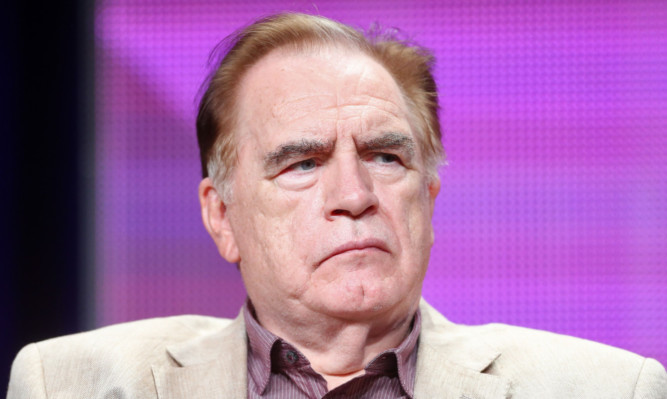The great battle of the referendum campaign got under way this week. And that wasn’t between Yes or No.
It was between heart versus head. The First Minister evoked the spirit of the Declaration of Arbroath marking one month to go until polling day and he certainly caught people’s attention. Taking the campaign trail to the historic Arbroath Abbey where the famous Declaration was written in 1320, he set out his stall on what he described as the “opportunity of a lifetime”.
Commenting on the location choice ahead of his speech, Mr Salmond said: “It’s entirely appropriate that we look to Scottish history for the inspiration in terms of a people’s declaration of opportunity for a modern Scotland.”
Will bringing history and emotion into this debate swing voters? After two years of debate and a 649-page Scotland’s Future document (known to us as the white paper) the case for independence has firmly been focused on head over heart.
But is now the time to move into the “emotive” phase?
Dr Nicola McEwan, Academy of Government, Edinburgh University, seemed a little surprised by the tactic. Always an astute political observer, she said: “It’s a little surprising he has chosen Arbroath to make his declaration of opportunity. Identity has not played a central role in the campaign.
“It’s often commented by international observers how little this seems to be about identity and culture. It’s been very much about issues that matter for the economy, for society, as a society and looking ahead to the future.”
But I would have to disagree, as I am not surprised at all.
After a summer of sport, saltire waving and Team Scotland medals galore, I actually think we are already in that place as a country and now is the perfect time for some emotion, as we have had plenty of time to think about it. The heart will follow the facts.
I think many will make our decision based on how we feel about the detailed case for independence, so it’s actually a twin-track approach stepping up a gear.
I don’t think we should be so hesitant to think about the role of our identity in the context of the debate and how we feel in connection to our country. Having spent some time in Norway this year it was self-evident of the very healthy relationship its citizens have with identity, for example, with their bright flags flying from many homes as a matter of course. Of course it’s not about flag waving, but there is nothing wrong about being proud of where you come from, as both sides of the debate will testify. And as you will have seen from Team Scotland’s huge smiles over the course of the Games.
We have a strong case for independence built on what I think are three core elements involving both heart and head.
The first phase of the campaign focused on the fact we are a rich country. And don’t let anyone tell you any different.
Scotland is one of the top 20 richest countries in the world. So we can choose independence with confidence. And we can actually do some good with our wealth. It is a scandal that one million Scots are living in poverty. We can help change that with a government in Scotland that cares about the people of Scotland.
That takes me on to my second point, the democratic case. We will get the government we vote for. How refreshing. We can say: “Cheerio, Dave!” (and Boris).
Three, moving into the emotive phase, protecting and promoting our values and what we hold dear. Our true identity is not about tartan and shortbread, that’s a costume not a country. It’s about being true to our real selves and how we feel. It’s knowing the sort of society we are and want to become.
That includes choosing a different path forward protecting our NHS from the Tory-led privatisation agenda. Ensuring society works for the many, not the few. Getting rid of Trident. Or not sending our soldiers to fight in illegal wars. Wanting to show the world what we are made of and instil a greater sense of pride and confidence in what we can do as a nation is all part of the mix.
Having confidence in our ability to stand on our own two feet requires taking a leap of faith together as the people of Scotland, and trusting ourselves to make a better go of it.
In a major set piece speech to the Edinburgh Festival, rector of Dundee University and actor Brian Cox explored how we feel as a country and our connection to how that makes us feel in this place in time.
He said: “We are caught between so many emotions. But the overwhelming message is go for it.
“It’s an act of personal faith. Our country needs us, but we also need a country. This is the opportunity not only of our lifetime but of many lifetimes it is the opportunity to be true to who we are.”
I can tell you there wasn’t a dry eye in the house, so maybe he was on to something
